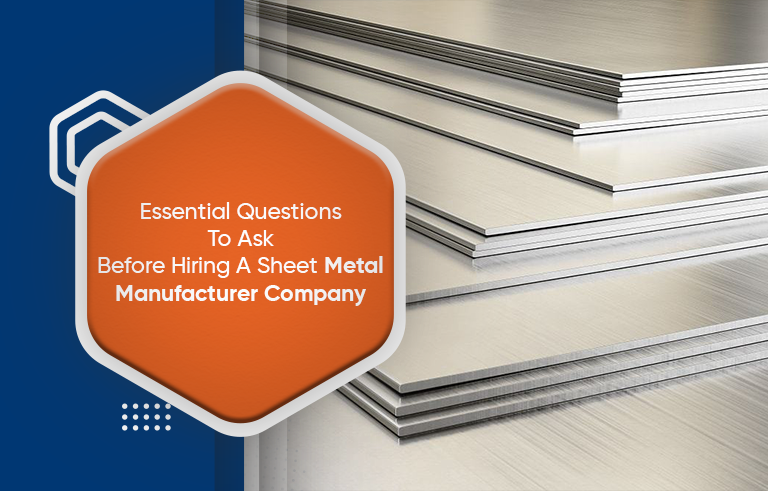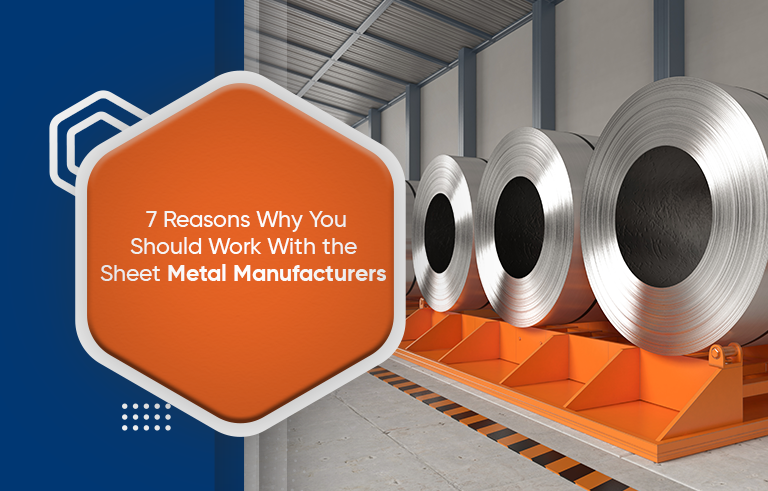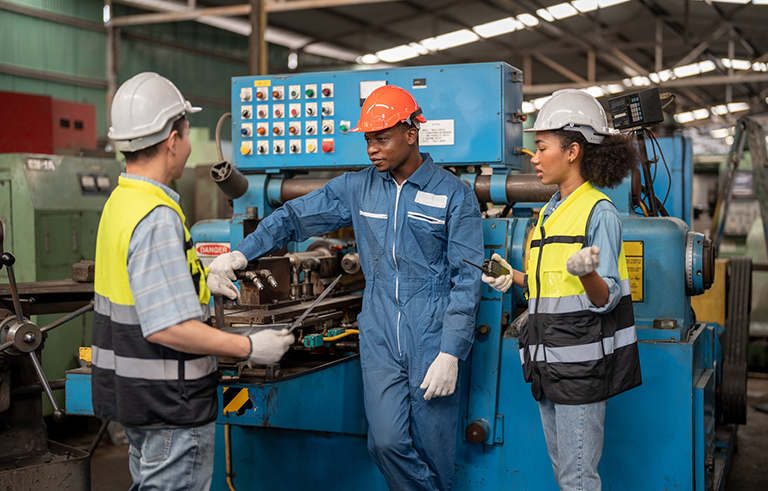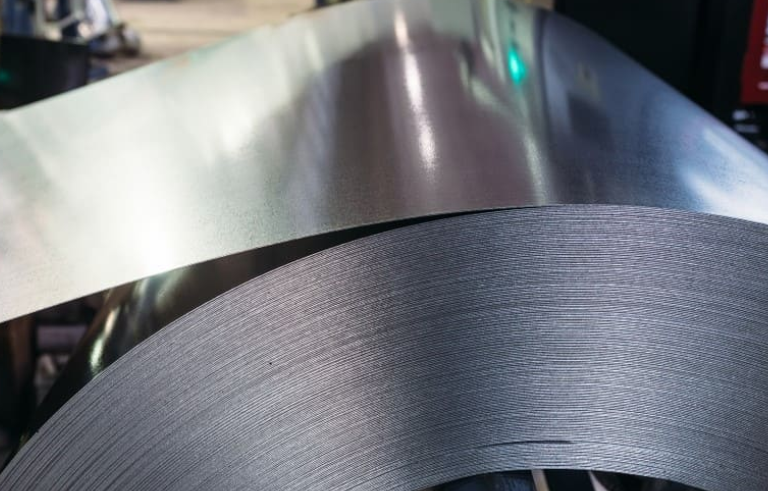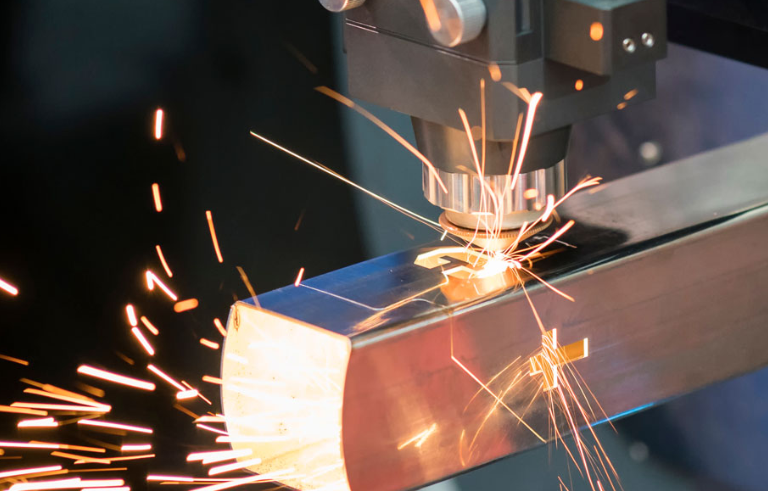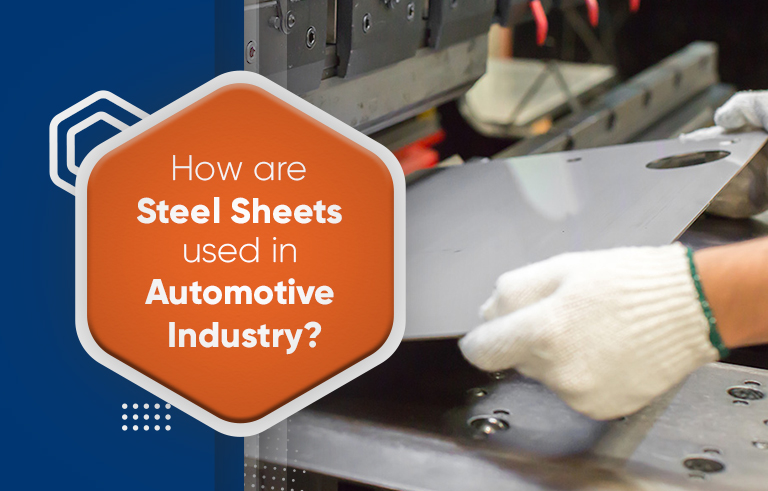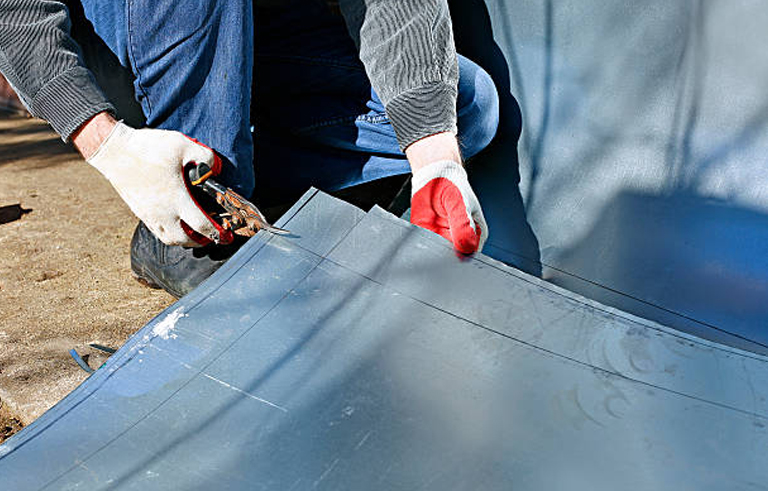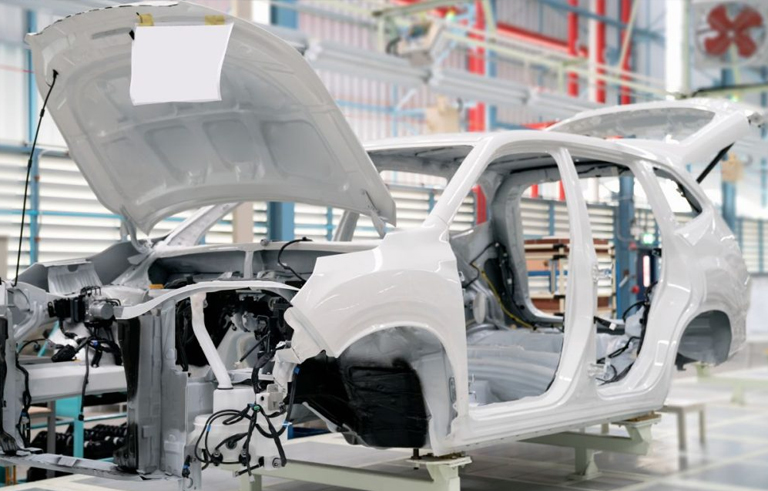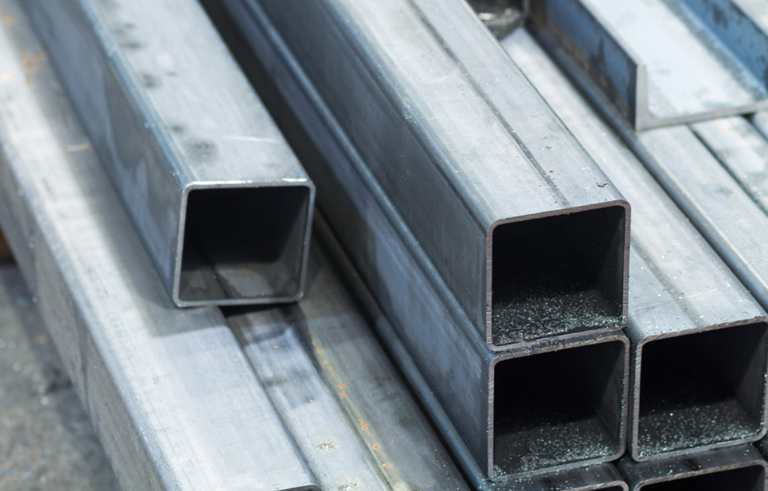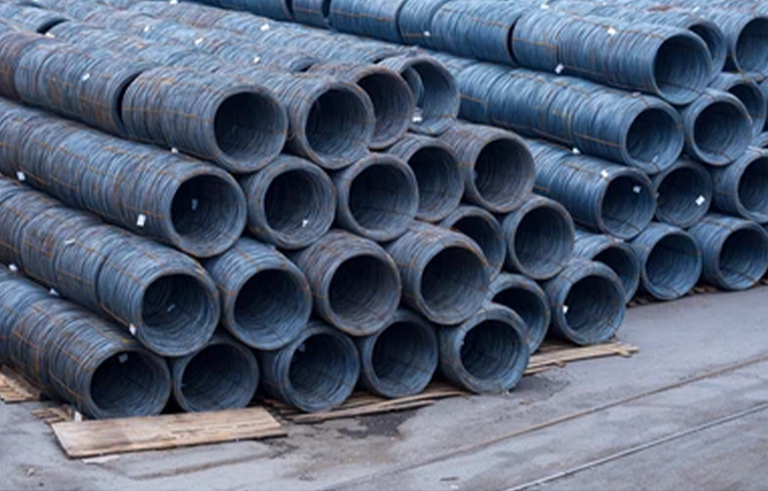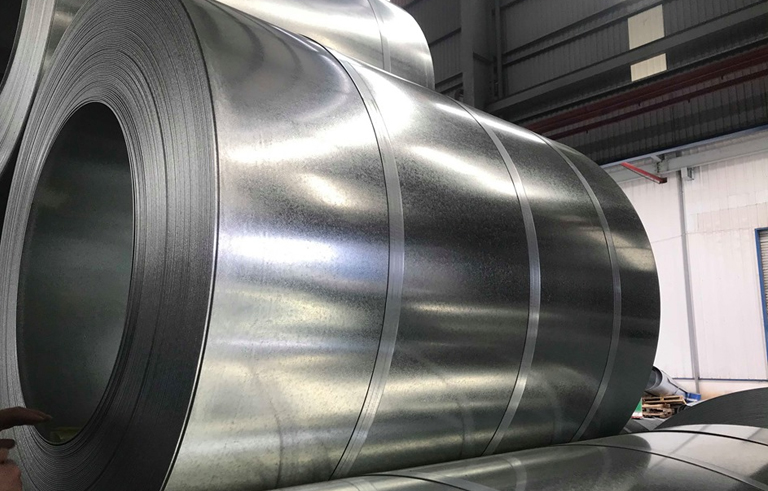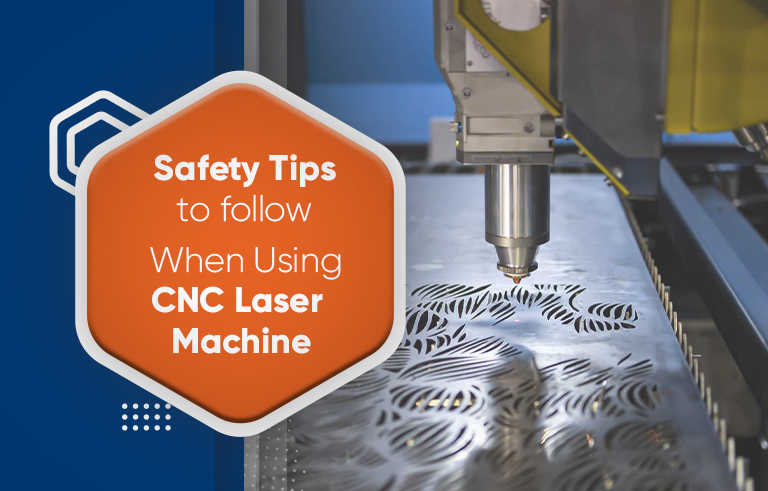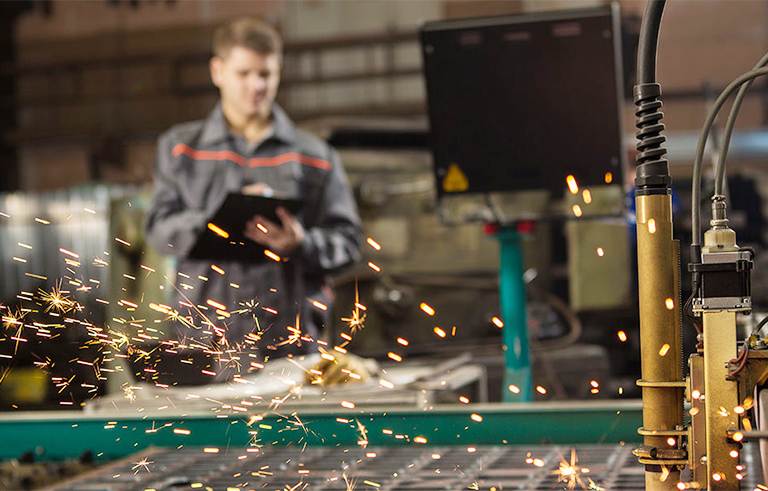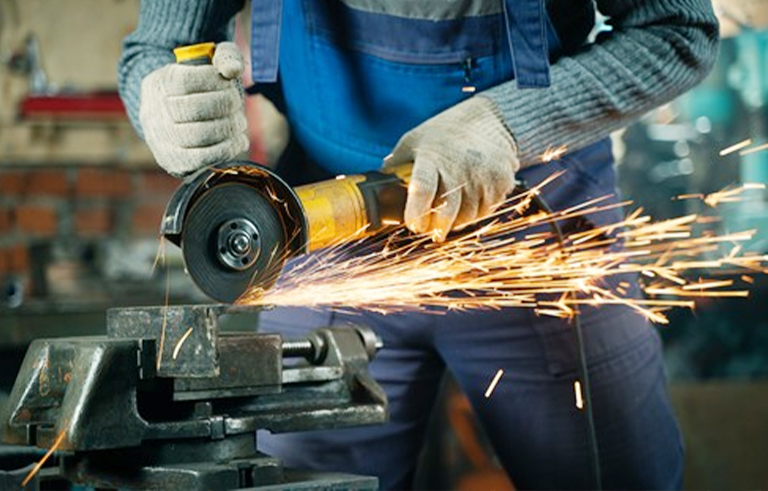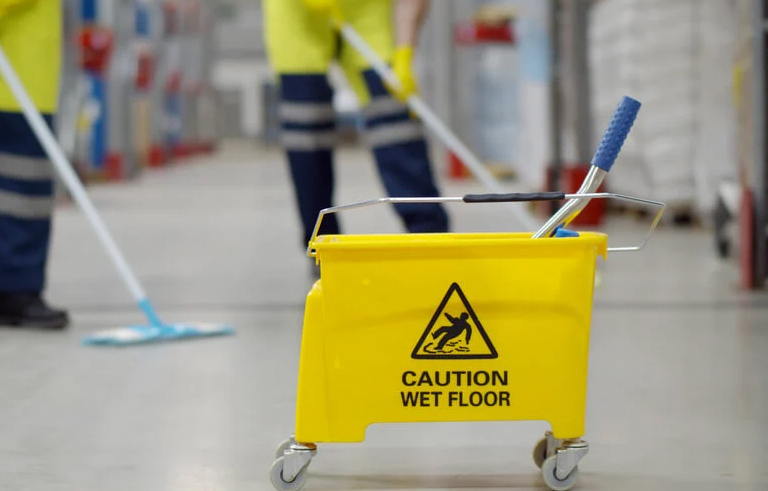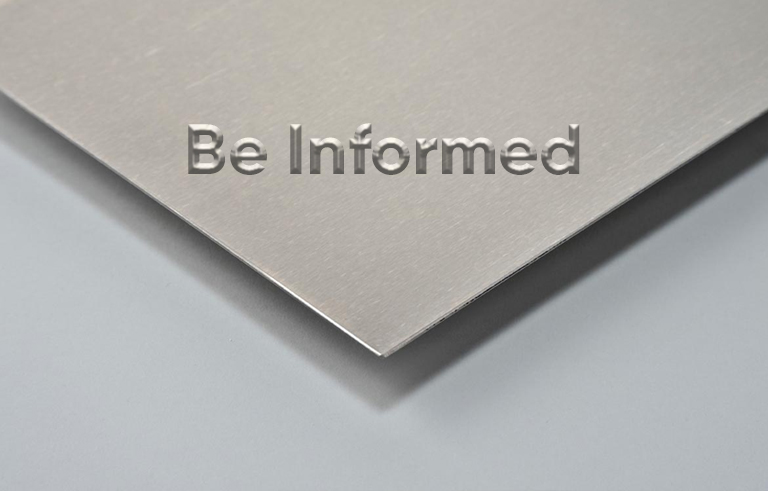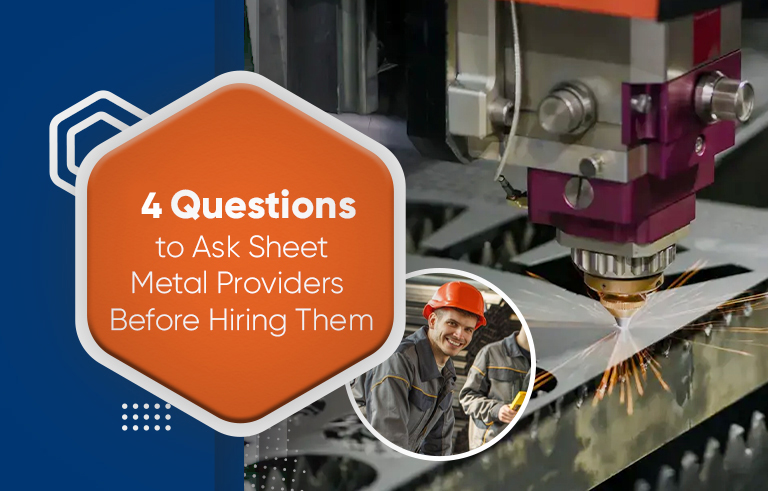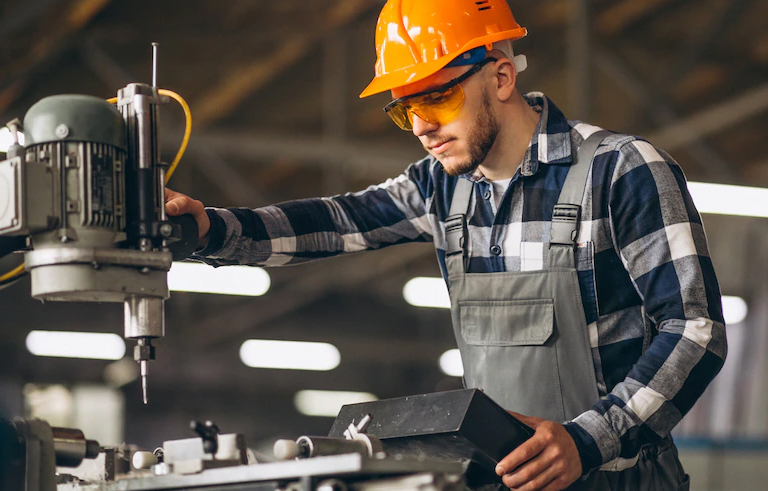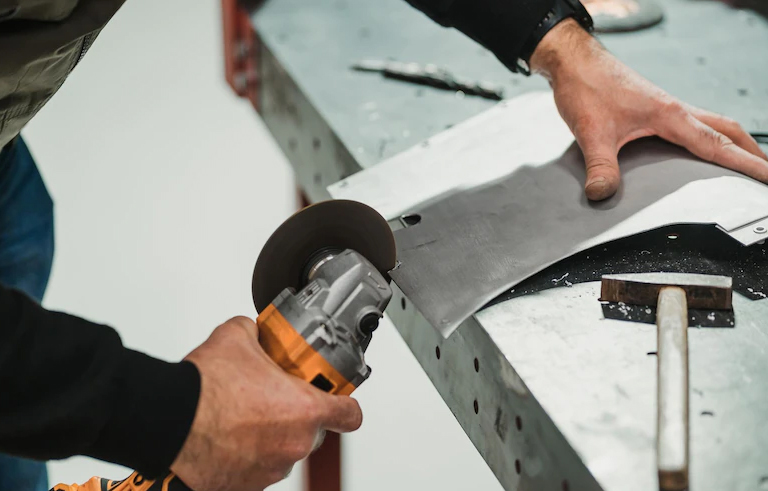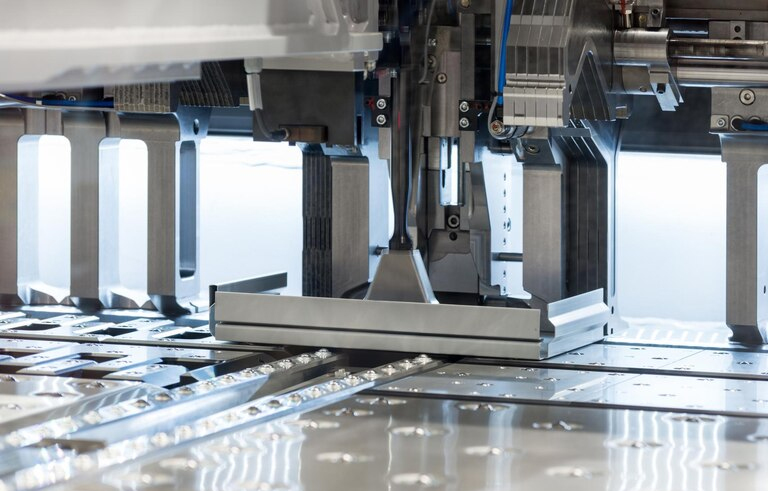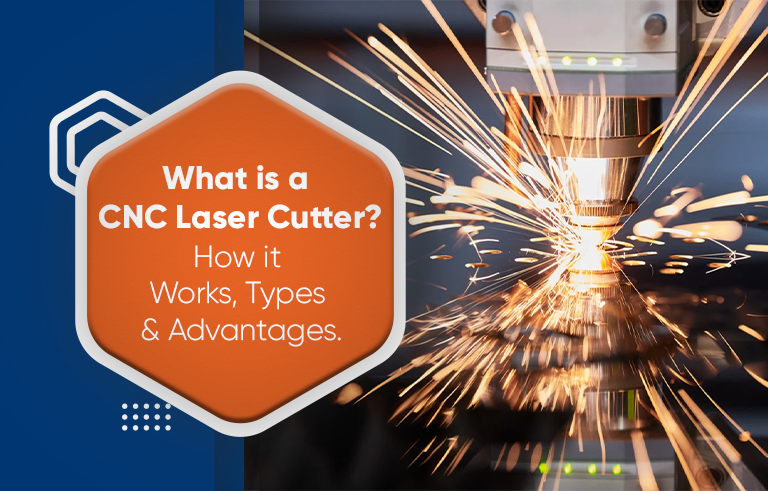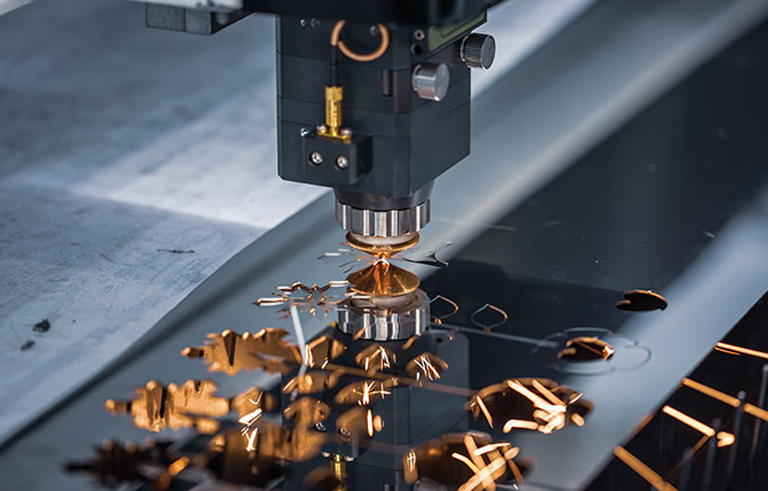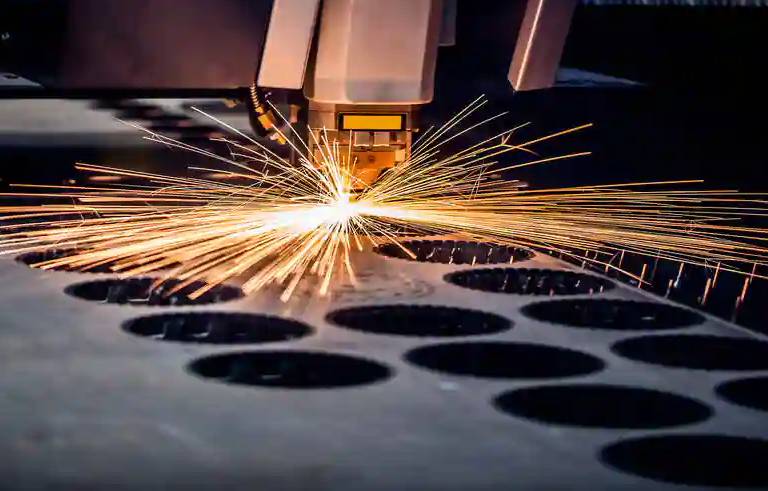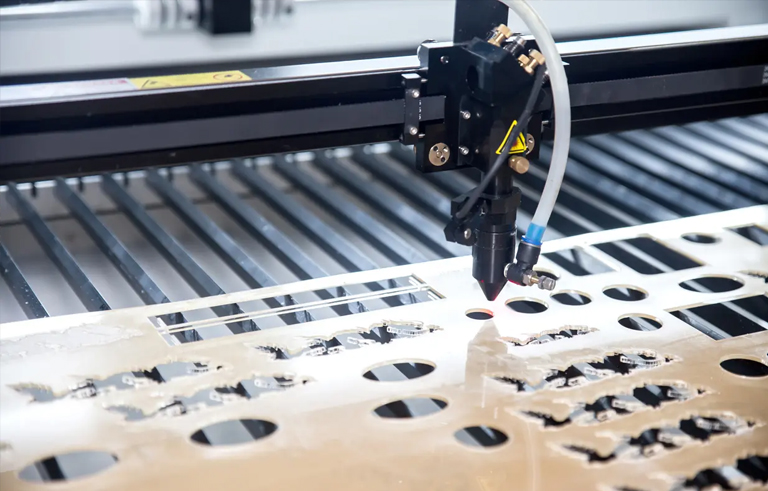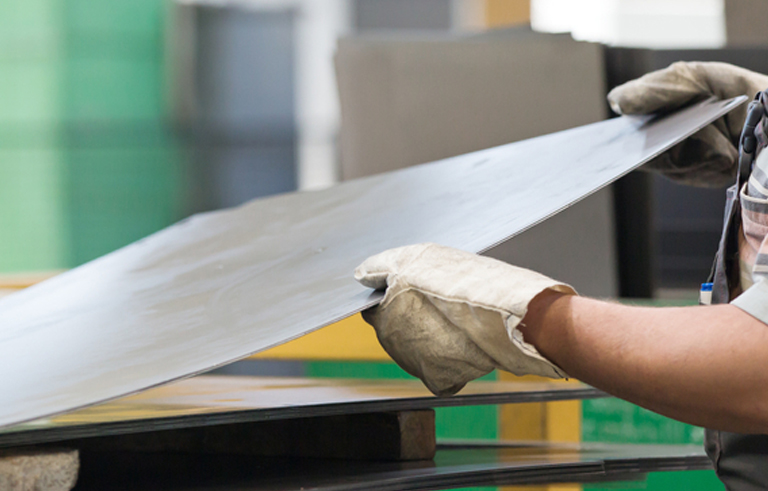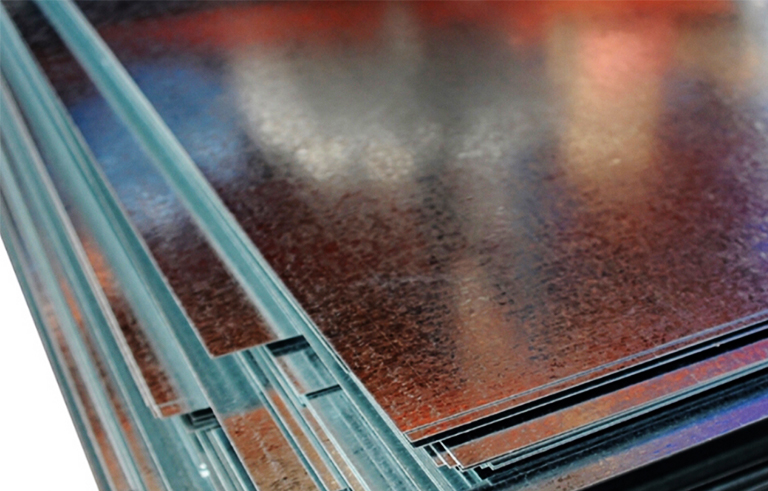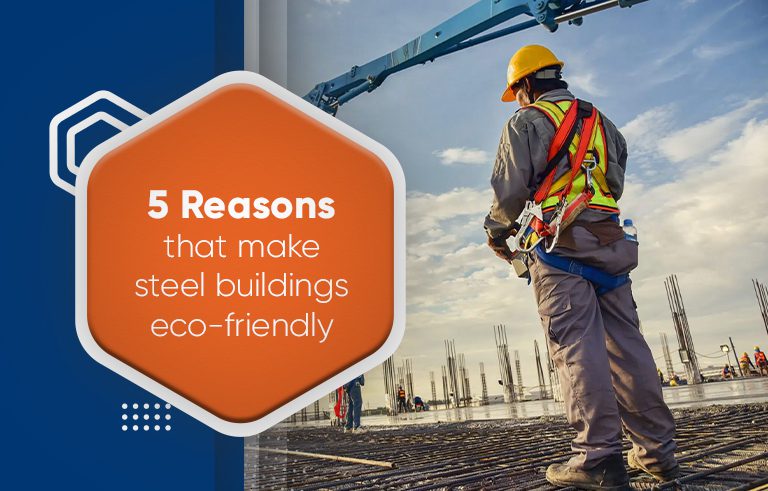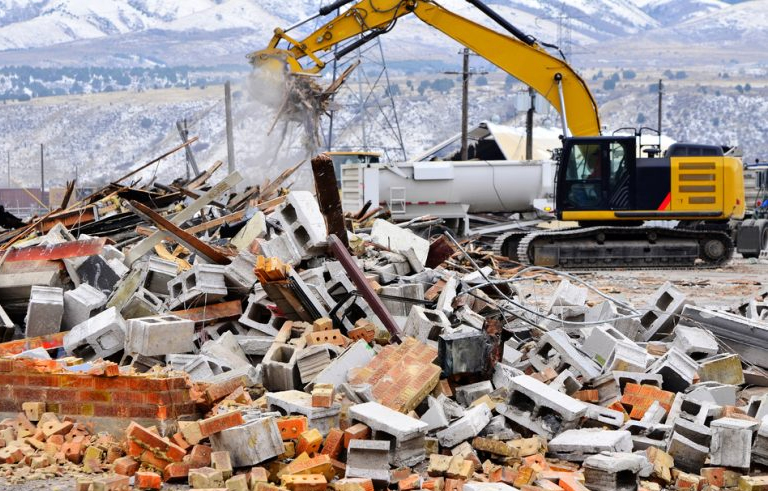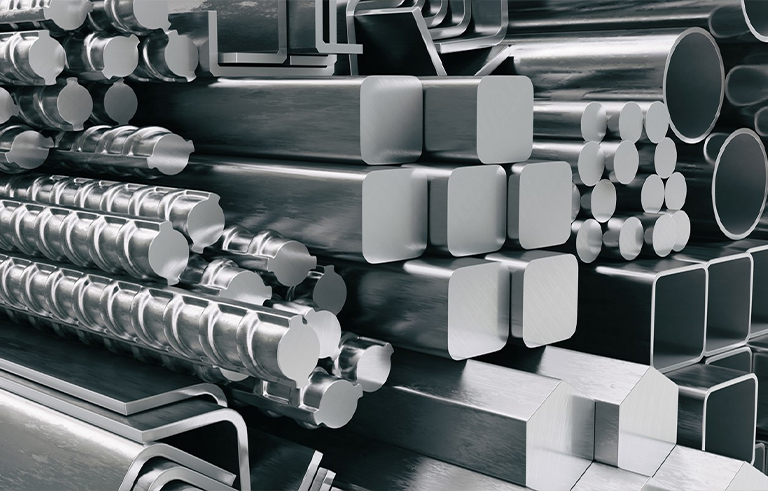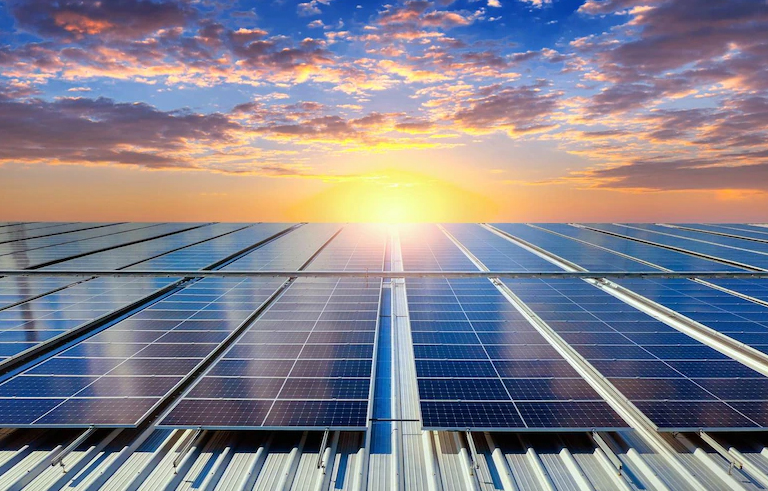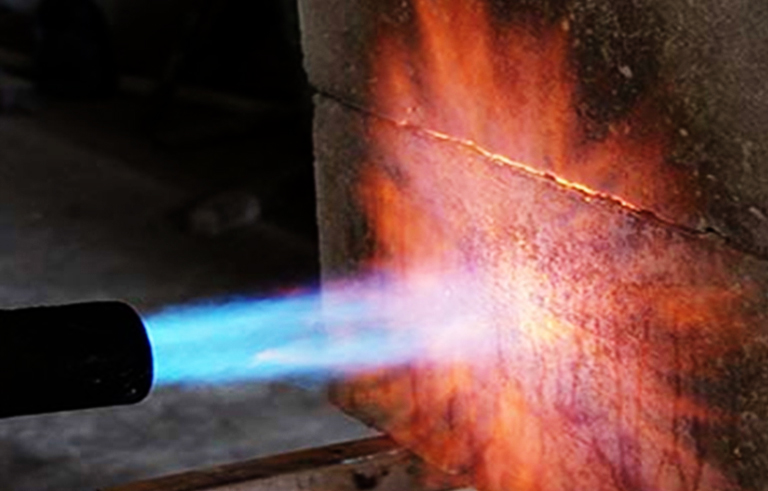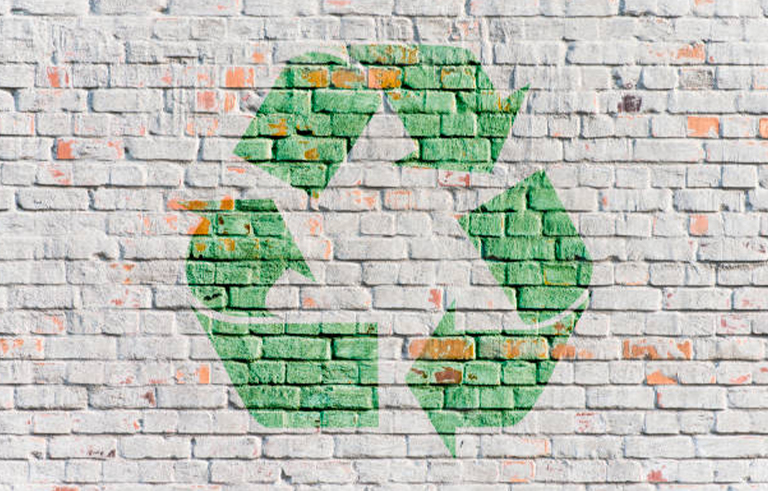Establishing a long-term relationship with the right sheet metal manufacturer is crucial to step up your business in the future. It can be difficult to choose between the available options, but following stringent guidelines will help maintain a great relationship with the right business.
When searching for one, you must ensure that you are looking for stainless steel fabricators that offer outstanding quality at an affordable price and meet your particular requirements. Therefore, it is best to do some research before deciding to know the quality of their service, the costs, the level of experience, and other aspects to look for before signing any contract.
Questions you should ask:
A quick online search will provide plenty of sheet metal fabrication companies. However, you will have to dig around to find the right one, and there’s no way to get across to the one that ticks all your boxes.
Check out these questions to ask a sheet metal fabricator to ensure you are in the right hands for your project.
What Projects Have They Previously Worked on

Every fabricator has a portfolio that they can present. Each one of them can explain their latest work on their portfolio. Therefore, it would be better to check whether they can make the products and provide the services that you are seeking.
You must properly analyze the work they have done in the past and do not miss to ask for references from clients who have dealt with them previously. This will help you determine whether they can handle the project you are expecting and whether they are capable of doing it.
What Equipment Do They Use?
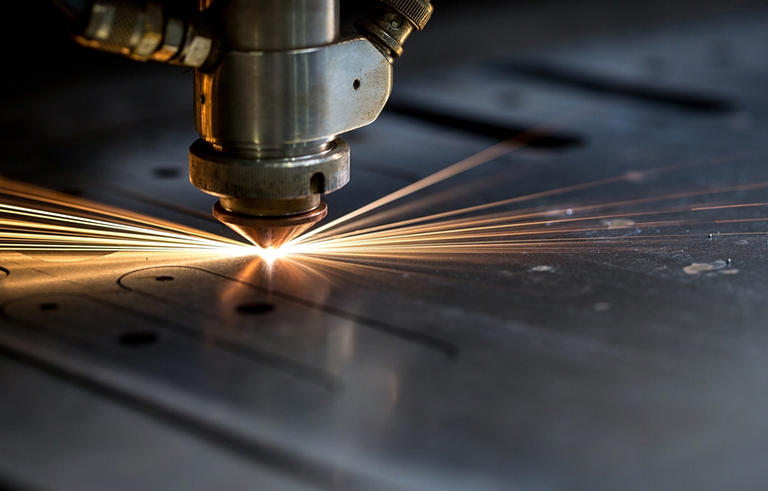
If you are considering hiring sheet metal companies, there is one factor you cannot miss out on their equipment. Sheet metal fabricators are only as good as the equipment and the staff they have on hand. If you want to see the company’s equipment or at least learn more about their equipment in general, please ask to see it.
If you want your project completed on time, you should work with a company that has state-of-the-art equipment. A few of the equipment you will need to look for are new punch presses and lasers that are suitable for your parts, good press brakes that can accommodate your parts, graining equipment that puts a nice finish on the parts, and hardware insertion machines.
Technology has evolved in the fabrication industry. Modern machines are capable of cutting through thick metal easily. Fabricators can offer you better quality and price when they have newer and more innovative equipment. Ensure that your sheet metal fabricator has the equipment to meet your volume needs.
Do they hold a good reputation?

An excellent reputation is important when selecting a sheet metal fabrication company. The internet often contains reviews of certain companies. It may be worthwhile to ask around the trade to find out what others have experienced dealing with a certain company. This will allow you to determine whether the company can be relied upon to complete the task on time and meet your expectations.
How much experience do your sheet fabricators have?
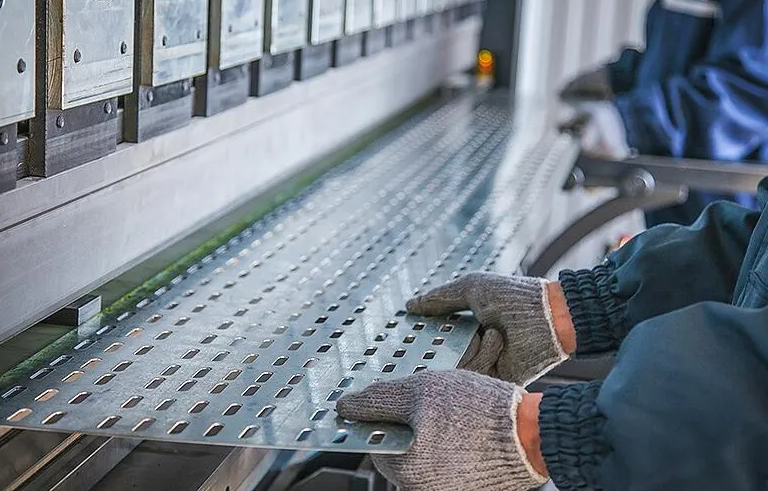
The process of fabricating sheet metal can be very intricate, and it takes a great deal of experience to do it correctly. A well-crafted product comes from someone with experience who knows how to do the job and how to do it properly. It may cost more to hire experienced steel fabricators than those with less experience, but the investment will likely be worthwhile in the long run.
Ask what previous jobs a sheet metal fabrication company has handled in the past to get an idea of how much experience they have. They will likely be a good match if they have been involved in similar jobs.
Can they provide custom engineering solutions?

As most projects differ, readymade solutions often do not match the project’s requirements. Therefore, you should look for sheet metal fabricators who can design a product that meets all of your specifications and industry requirements for safety and functionality.
Engineers can only deliver a high-quality solution with the appropriate training and considerable experience. When considering whether or not to work with a company, getting more information about their design and engineering teams and production departments is a good idea.
Can I trust the pricing?
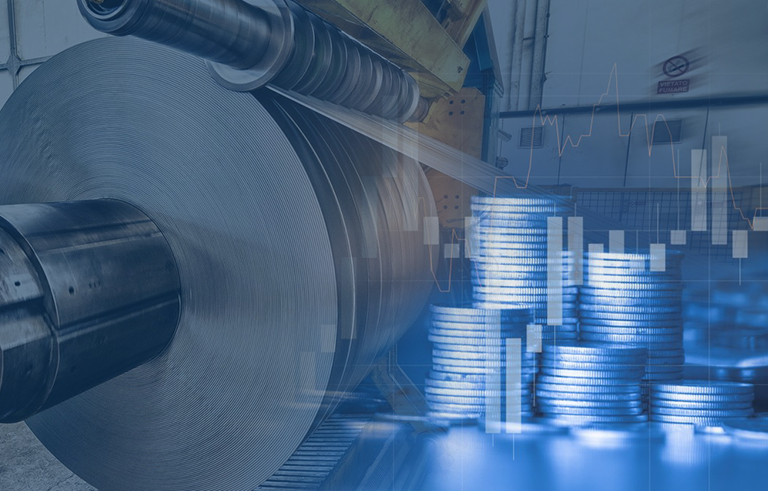
The price should not be the only or main consideration, but it is important. The cheapest price may not be the best deal, and that company may have overlooked something in their quoting process, which will cost you more in the long run. Always go for the best possible deal rather than the cheapest price since you usually get what you pay for. To avoid quoting multiple vendors for every project, you should establish a good relationship with a manufacturer.
A manufacturer must also be able to provide a quote in a reasonable amount of time. Partner with a metal manufacturing company that can provide quotes on time while considering all your requirements.
Are they Certified?

Certified Fabricators can produce components that meet the quality standard required by their industries for precision sheet metal fabrication.
Do not be fooled by large facilities and modern equipment when deciding whether to hire a company. For your project to succeed, ensure that their certifications are relevant and up-to-date
Are they provide installation services?
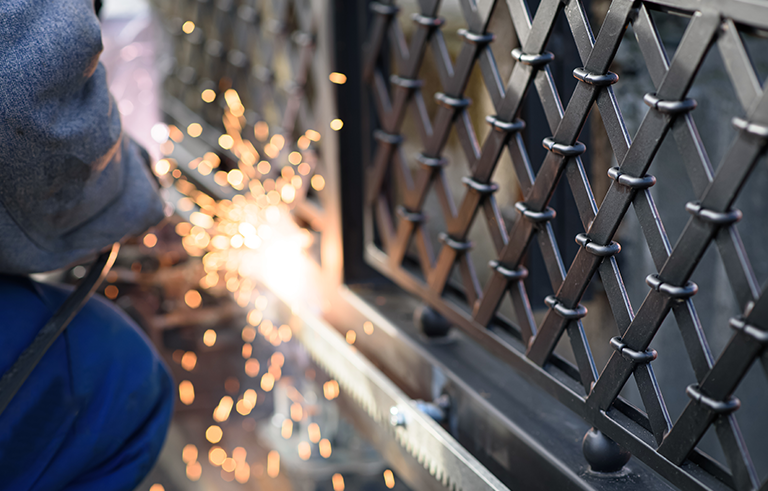
Some clients will especially appreciate the extra service, as they are placing orders for units with complex systems that need to be fitted with complex equipment. You may need to pay a little more for the service, but at least you can ensure that the product will function according to your specifications. Fabricators know the intricacies of the product better than anyone else, so they are the ones to install it because they are the ones who know it best.
Conclusion
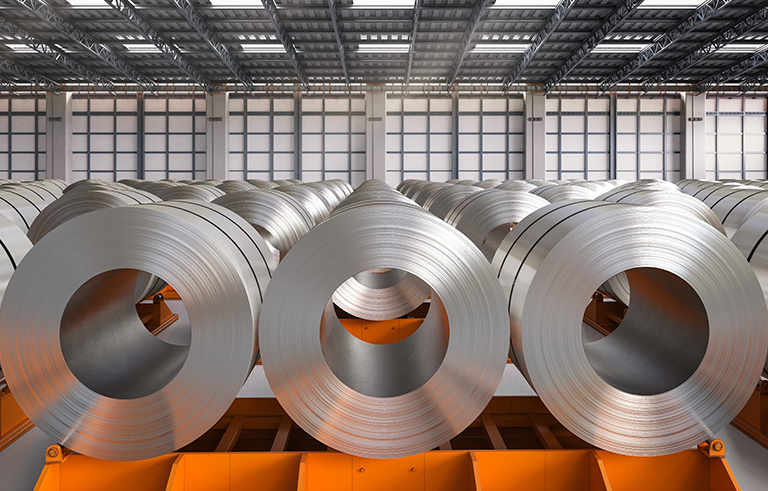
When you ask these questions, you will be on your way to finding the right sheet metal fabricator that will fit all your needs. Before choosing a fabrication company, it is important to compare the services they provide with many others. Additionally, you shouldn’t base your decision solely on price. You will most likely get what you pay for when choosing a fabrication company worth it’s salt.
As a stainless steel sheet manufacturer in India, RP Lasertech offers customers convenience, innovation, resources, and expertise at a very reasonable price. We achieve this by combining cutting-edge design with modern professionalism. With RP Lasertech, you will always receive the highest quality, service, and value. Contact us to get more information on sheet manufacturing & price quotes.

